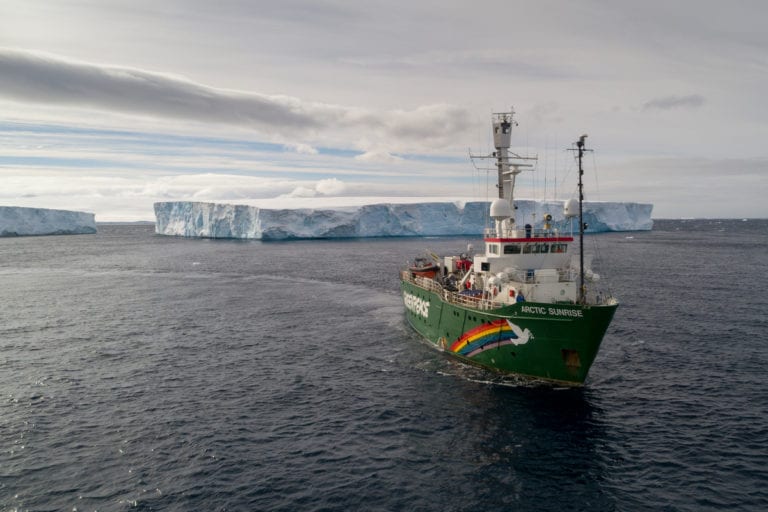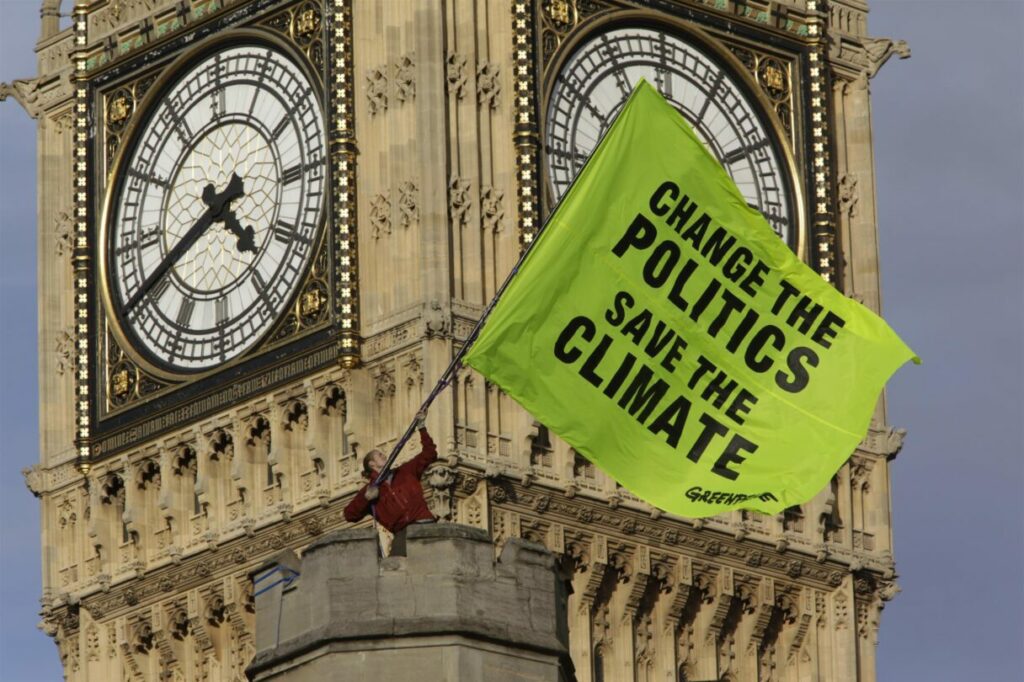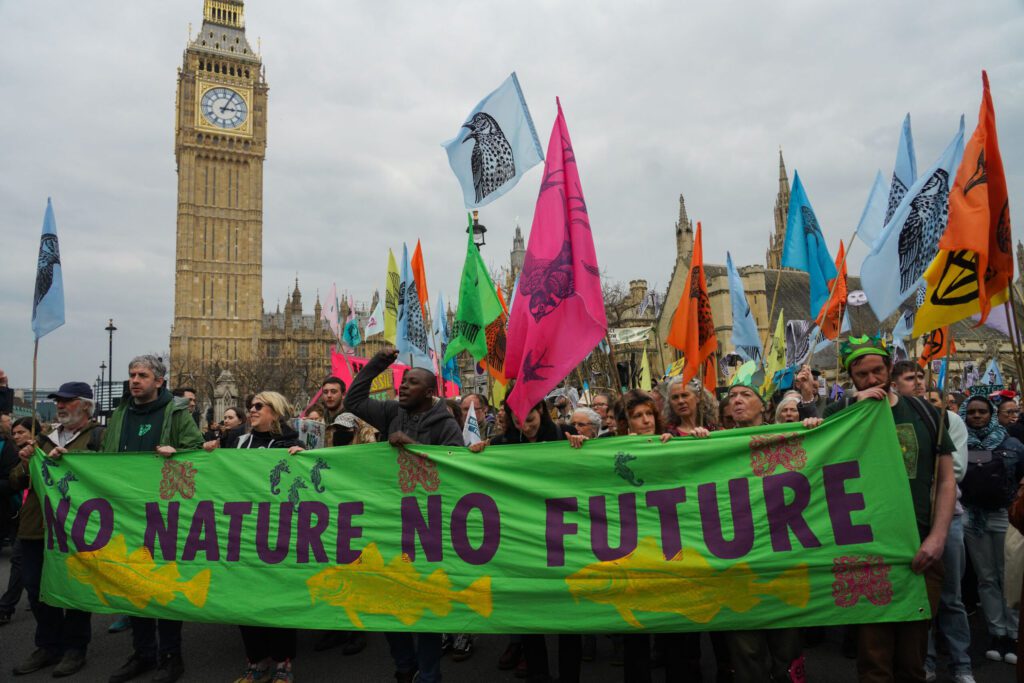Greenpeace UK Content Strategy

Our partner, Greenpeace, is an independent global campaigning network committed to addressing some of today’s most pressing environmental issues, including fighting climate change, protecting wildlife and biodiversity, and tackling plastic pollution.
Greenpeace aimed to become the authoritative voice on these urgent matters. However, it faced a significant challenge: cutting through the ever-growing digital clutter and misinformation surrounding environmental issues. With an abundance of information available online, Greenpeace recognised the need to distinguish itself as a voice of reason. Their goal was simple: to provide clear, helpful information on pressing environmental topics, ensuring their key messages reached and resonated with their target audience.
The Challenge
Greenpeace’s objective was clear: to become the go-to source for reliable information on different environmental issues, particularly wildlife and biodiversity. But they needed a carefully planned content strategy to increase their visibility for biodiversity-related search terms. Additionally, the content had to resonate with a broader set of audiences, from informed individuals to those seeking well-researched, helpful information.
Our Strategy
To address Greenpeace’s challenges, we developed a comprehensive digital content strategy centred around three core solutions:
- In-depth Keyword Research and Content Gap Analysis
We started out by conducting thorough keyword research and a content gap analysis to identify and map the target keywords and topic clusters. This analysis provided a clear roadmap for identifying knowledge gaps and areas for improvement in their existing content. - Hub-and-Spoke Content Model Implementation
We actively engaged with Greenpeace over the next three months to understand and align with their content aspirations. Through these discovery sessions, we identified that adopting a hub and spoke model would be more suitable for the site. This content strategy involved ideating central ‘hub’ pages for key topics, with ‘spoke’ pages branching out to cover subtopics and clusters in depth.
Strategic Content Production and Optimisation
We agreed on content ideation, development, and production responsibilities, creating a series of webpages around different wildlife and environmental issues. This process included feedback and revisions to ensuring content accuracy and aligning with brand voice and messaging. We also seo-optimised new and existing content produced by the Greenpeace team to improve keyword rankings for wildlife and biodiversity-related search terms.



Results
In the nine months following their publication in February 2024, the new content hub and their spokes achieved a 247% increase in organic traffic, drawing over 15,000 visitors to the site. These pages currently rank for 1,821 keywords, securing the top 10 positions for 308 keywords on the search results pages. This substantial growth in organic traffic demonstrates our success in growing Greenpeace’s digital presence as well as their authority on environmentally-related topics.
247%
increase in organic traffic
15,000+
new visitors from search
308
keywords ranking in top 10
Moving forward, our partnership with Greenpeace will expand beyond merely driving organic traffic to the site. We will focus on transforming their digital presence from informative to actionable. This content strategy will further solidify Greenpeace’s position not only as an authority on different environmental topics but also drive meaningful actions and conversions for the planet.
Learn how we also helped Greenpeace UK to make the most of their Google Ads Grant.
At Climbing Trees, we are passionate about creating content and strategies to help ethical brands and organisations amplify their voices and make a difference. If you’re looking to enhance your digital presence with SEO marketing, let’s work together.
Let’s talk
"*" indicates required fields
